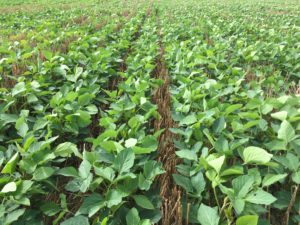
Mid-Season Soybean Management Webinar 6/24/2020
Have questions about soybean pest management, foliar fertilizer use, or late-planted soybeans? Please join us for a Zoom webinar …


El inglés es el idioma de control de esta página. En la medida en que haya algún conflicto entre la traducción al inglés y la traducción, el inglés prevalece.
Al hacer clic en el enlace de traducción se activa un servicio de traducción gratuito para convertir la página al español. Al igual que con cualquier traducción por Internet, la conversión no es sensible al contexto y puede que no traduzca el texto en su significado original. NC State Extension no garantiza la exactitud del texto traducido. Por favor, tenga en cuenta que algunas aplicaciones y/o servicios pueden no funcionar como se espera cuando se traducen.
Inglês é o idioma de controle desta página. Na medida que haja algum conflito entre o texto original em Inglês e a tradução, o Inglês prevalece.
Ao clicar no link de tradução, um serviço gratuito de tradução será ativado para converter a página para o Português. Como em qualquer tradução pela internet, a conversão não é sensivel ao contexto e pode não ocorrer a tradução para o significado orginal. O serviço de Extensão da Carolina do Norte (NC State Extension) não garante a exatidão do texto traduzido. Por favor, observe que algumas funções ou serviços podem não funcionar como esperado após a tradução.
English is the controlling language of this page. To the extent there is any conflict between the English text and the translation, English controls.
Clicking on the translation link activates a free translation service to convert the page to Spanish. As with any Internet translation, the conversion is not context-sensitive and may not translate the text to its original meaning. NC State Extension does not guarantee the accuracy of the translated text. Please note that some applications and/or services may not function as expected when translated.
Collapse ▲
Have questions about soybean pest management, foliar fertilizer use, or late-planted soybeans? Please join us for a Zoom webinar …
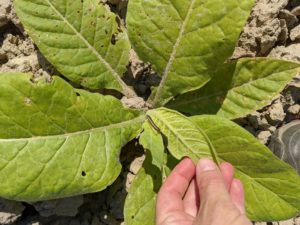
Due to server issues associated with the Tobacco Thrips Flight and TSWV Intensity Predictor, our final report will be …

This week I have seen a couple species of lace bugs active on landscape plants. Yes, there are over …
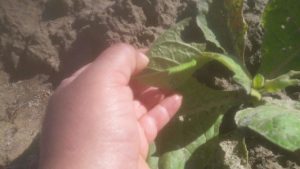
This is the ninth weekly TSWV and tobacco thrips risk assessment update. Third generation flights have now occurred at all …

For the past several weeks I have noticed damage to the leaves of my roses. Each year this happens and …

I tweeted last month that there was no shortage of kudzu bugs around and that I expected some beans …

This announcement was updated Thursday, December 3rd, 2020 from the previous versions The NC State Plant Disease and Insect Clinic …
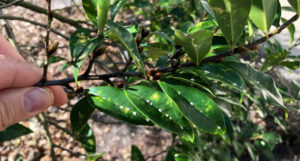
False oleander scale, Pseudaulacaspis cockerelli, is a tropical and subtropical pest originally from China. False oleander scale is common throughout …

Many growers are now planting soybeans later than they intended to. Whether it is because wet weather prevented fields …
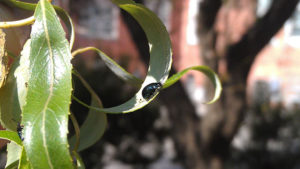
Imported willow leaf beetle (Plagiodera versicolor) are common on willows in landscapes and natural areas. Most of year adults and …

Crape myrtles are among the most commonly planted trees in the Southeast. The two main pests are crape myrtle …

The threshold for stink bugs in corn is changing based on recent research conducted in both North Carolina and …
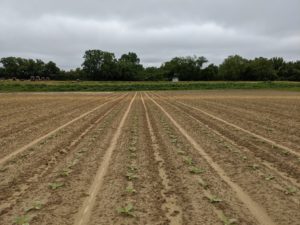
This is the eighth of our weekly TSWV and tobacco thrips risk assessment updates. Third generation flights have now …
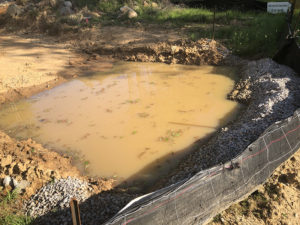
Memorial Day weekend is often the signal to fire up the grills. However, the previous week’s heavy rains in …
When is the best time to harvest for top quality milling and baking wheat? Harvest timing and weather influence wheat …
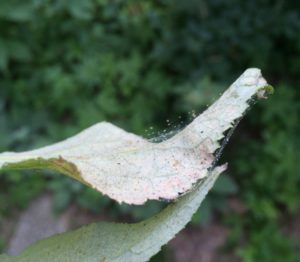
Twospotted spider mites are probably the most common spider mite species to damage ornamental plants, fruits, vegetables, and others. Twospotted …
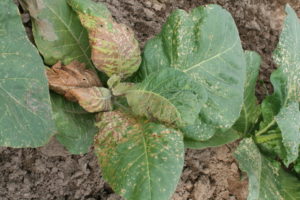
This is the seventh of our weekly TSWV and tobacco thrips risk assessment updates. Third generation flights have now …

Interested in learning more about freeze damage and what to look for in your corn, soybeans, and small grains? Please …
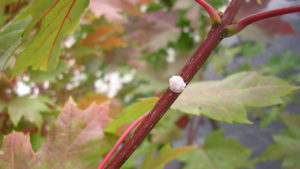
There are a couple species of wax scales (Ceroplastes spp.) in North Carolina. Common ones include Indian wax scale …
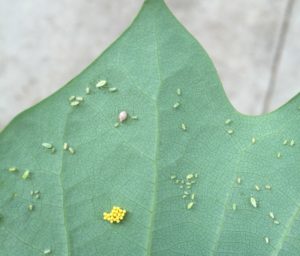
Tulip trees (Liriodendron tulipifera) have two primary pests both of which produce honeydew and both of which are actively …